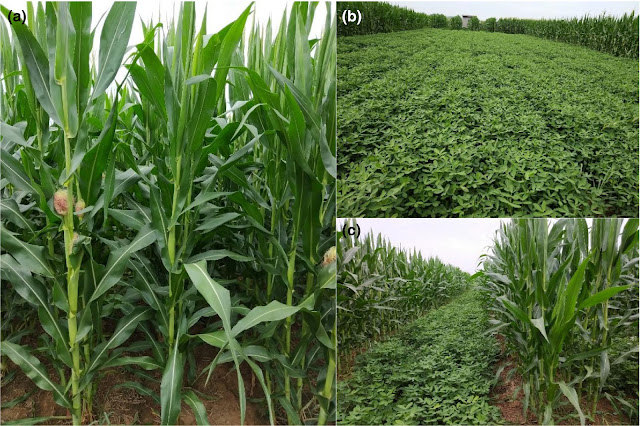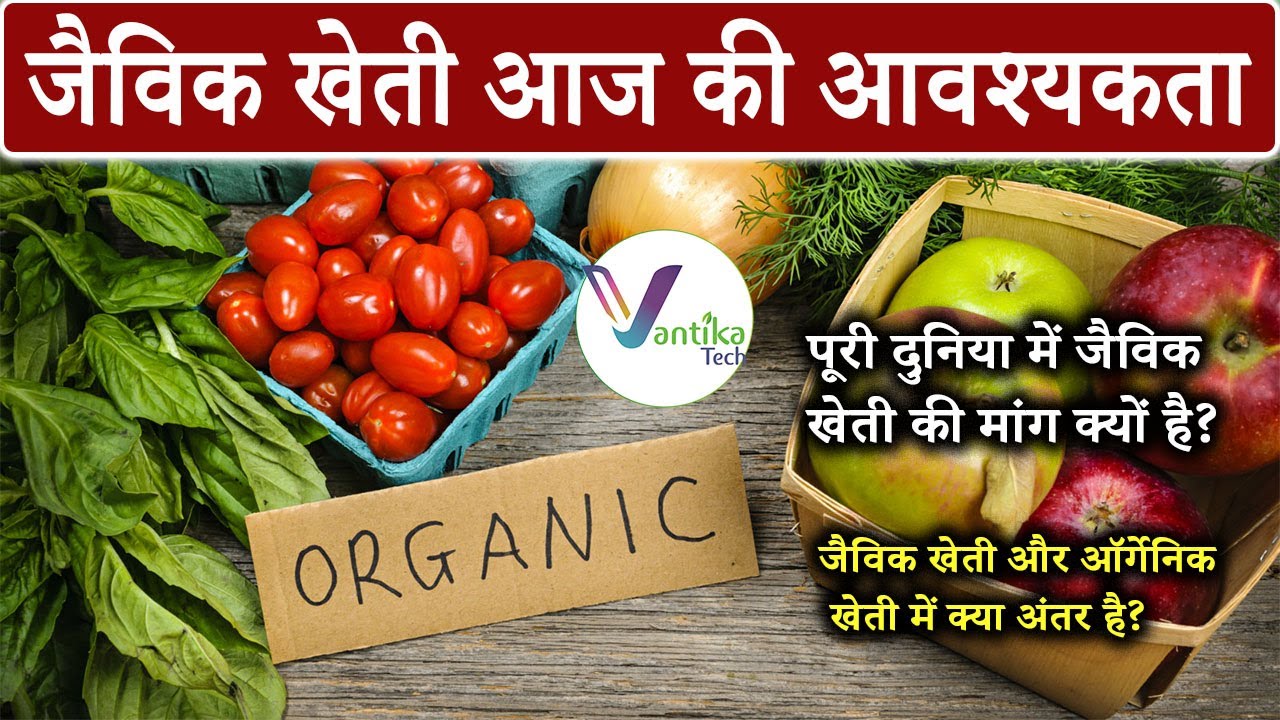Intercropping is an agricultural practice that involves planting two or more crops in the same field at the same time. This practice has been used for centuries by farmers all over the world as a means of maximizing yields and promoting sustainable farming practices.
One of the primary benefits of intercropping is the increased crop diversity. When farmers plant multiple crops in the same field, they create a more diverse ecosystem. This can help to improve soil health by reducing soil-borne diseases, improving soil structure and fertility, and reducing erosion.
In addition to improving soil health, intercropping can also lead to increased yields. By planting complementary crops together, farmers can help to ensure that each crop has access to the nutrients it needs to thrive. For example, legumes like beans and peas can fix nitrogen in the soil, which can benefit neighboring crops like corn and wheat that require high levels of nitrogen to grow.
Another benefit of intercropping is its potential to reduce the need for synthetic fertilizers and pesticides. By promoting a diverse ecosystem, intercropping can help to naturally control pests and diseases, reducing the need for chemical inputs. This can help to save farmers money on inputs and reduce their environmental impact.
Companion planting is a form of intercropping that involves planting crops together that have mutually beneficial relationships. For example, planting marigolds with tomatoes can help to deter pests like nematodes, while planting onions with carrots can help to deter carrot flies.
In conclusion, intercropping is a valuable agricultural practice that offers numerous benefits to farmers and the environment. By increasing crop diversity, promoting soil health, and reducing the need for synthetic inputs, intercropping can help to promote sustainable farming practices while maximizing yields.
Thank you for reading, and don't forget to subscribe to our blog for more updates on sustainable agriculture practices.
#intercropping #agriculture #cropdiversity #soilhealth #sustainability #yield #companionplanting








No comments:
Post a Comment